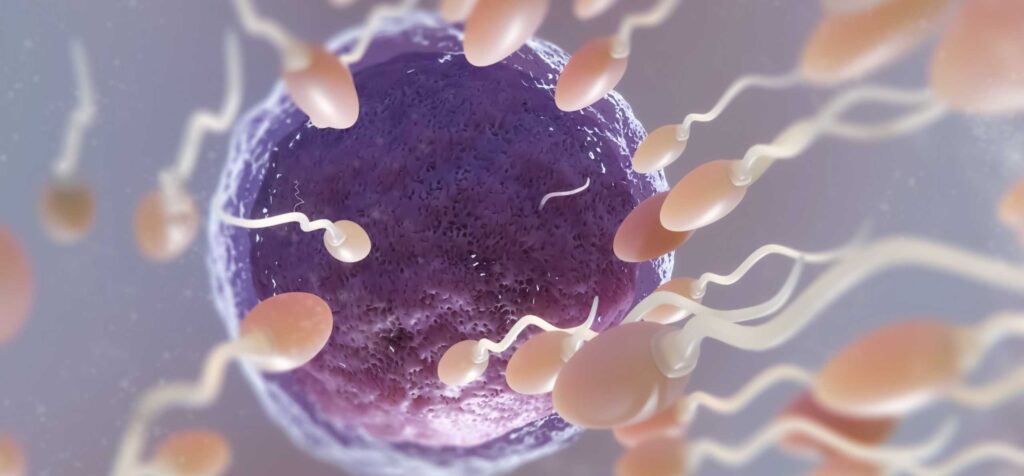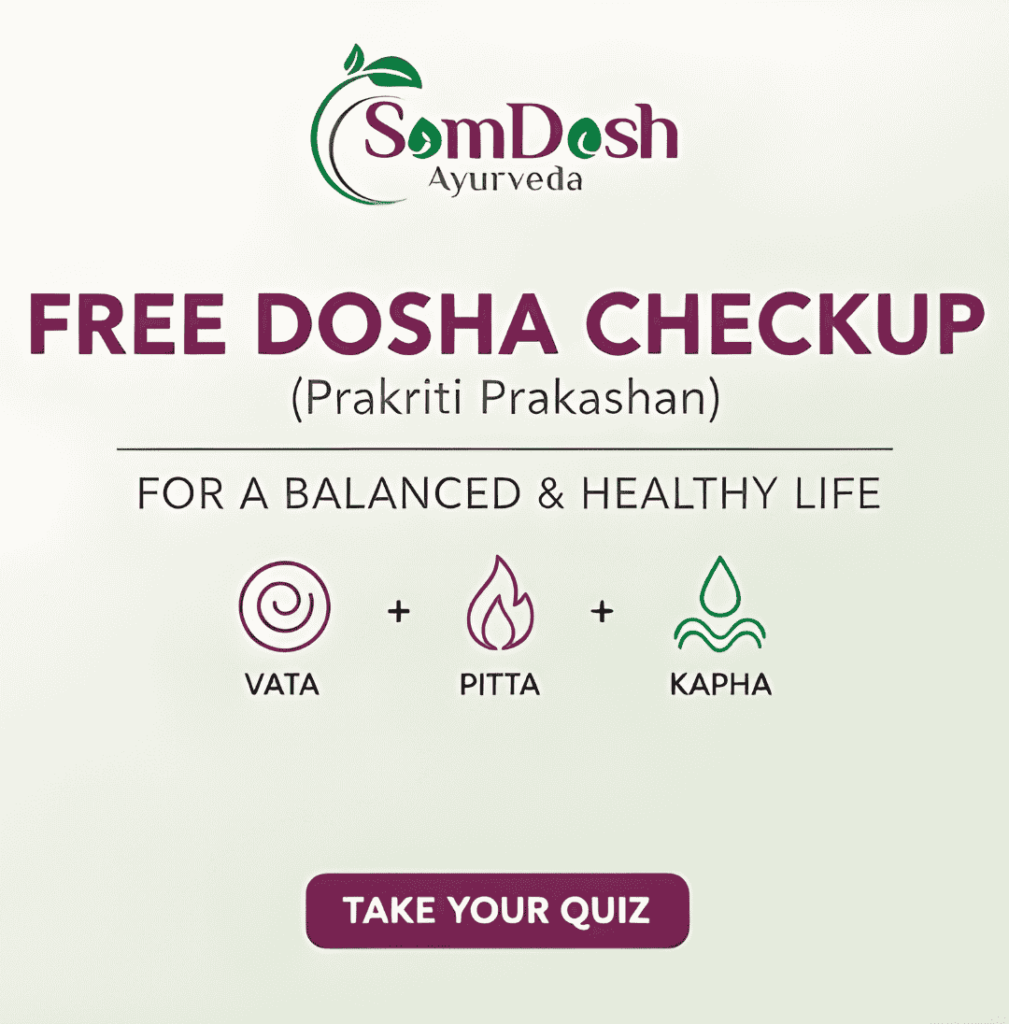Summary
Śukra Dhātu Kṣhaya describes depletion or weakness of the reproductive tissue/essence in classical Ayurveda. It reflects a systems imbalance involving agni (digestive–metabolic fire), doṣas (especially Vata and Pitta), the śukra-vaha srotas (channels), and ojas (vital resilience). In modern language, this may appear as low libido or vigor, erectile or ejaculatory irregularities, and fertility concerns, often worsened by stress, heat, toxins, sleep loss, and irregular lifestyle. Because reproductive tissues replenish slowly, results are best tracked across a 12-week restoration window with structured routines.
Quick Navigation
What Is Śukra Dhātu Kṣhaya?
In the classical progression of dhātus, Śukra is the culmination of nourishment. Kṣhaya indicates depletion or qualitative weakness of that tissue. The remedy is systemic: support agni, stabilize doṣas (especially Apāna Vata), maintain clear srotas, and safeguard ojas through rest, nutrition, and wise rhythm.
Classical Framework: Doṣa–Dhātu–Srotas–Agni–Ojas
Doṣic Considerations
- Vata (Apāna): ejaculation, pelvic rhythms, nerve signaling; aggravated by stress, irregular routines, dehydration, dryness.
- Pitta (Sādhaka & Pācaka): drive and metabolism; aggravated by heat, overwork, late nights, spicy/drying patterns.
- Kapha (Śleṣaka): stability and lubrication; depletion appears as dryness, fatigue, low staying power.
Channel Integrity
- Śukra-vaha srotas: depend on circulation, cooling, and low toxin/heat load.
Agni & Ojas
- Agni: irregular or excessive agni dries/overheats tissues; weak agni under-nourishes them.
- Ojas: distilled vitality; preserved by deep sleep, calm mind, balanced sexual rhythm, and steady nourishment.
Modern Mapping & Common Presentations
Presentations
- Reduced desire, quick fatigue, or performance worry.
- Erectile fluctuations or early ejaculation under stress.
- Perceived reduced semen volume/changed consistency.
- Semen report concerns (count/motility/morphology) in some men.
Context Drivers
- Sleep restriction, shift work, late screens.
- Heat exposure (hot tubs, tight thermals, heated seats, laptop on lap).
- Ultra-processed diet, alcohol/tobacco, chronic stress, dehydration.
- Metabolic/endocrine issues or infections when present.
Signs & When to Seek Care
- Persistent drop in desire, energy, sexual confidence for months.
- Recurring ejaculatory irregularities or pelvic discomfort.
- Difficulty conceiving despite well-timed attempts for many months.
- Scrotal heaviness/heat/pain (evaluate for varicocele or infection).
- Red flags: sudden painful bend/bruising, fever with scrotal pain, blood in semen/urine—seek prompt care.
Causes & Risk Factors
Lifestyle Drivers
- Chronic stress and overexertion without recovery.
- Irregular meals, late heavy dinners, ultra-processed foods.
- Heat exposure, tight non-breathable clothing, poor hydration.
- Excess sexual strain without restorative gaps.
Physiological Contributors
- Metabolic/endocrine imbalances, long-standing illness.
- Genitourinary infections or inflammatory states.
- Environmental toxins/solvents, tobacco/alcohol.
Diagnosis & Assessments
Evaluation blends Ayurvedic assessment with modern testing when relevant, ensuring both systemic balance and specific contributors are addressed.
Ayurvedic Assessment
- Nādi parīkṣā, tongue/abdomen exam, doṣa and agni status.
- Sleep, stress, bowel rhythm, appetite, heat/dryness patterns.
- Sexual rhythm history, fatigue, and recovery capacity.
Modern Checks (Case-by-Case)
- Semen analysis (correct abstinence and handling), repeated for trends.
- Targeted endocrine/metabolic review when indicated.
- Scrotal exam/ultrasound if symptoms suggest structural issues.
12-Week Restoration Plan
Daily Foundations
- Sleep: 7–8 hours; fixed wake time; screens off 60 min before bed.
- Movement: 150–210 min/week moderate activity + 2 strength sessions; short walks/stands hourly.
- Hydration & cooling: steady water intake; avoid hot tubs/saunas; keep laptops off lap; breathable underwear.
- Stress regulation: 10–15 min/day of breath work or mindfulness; lengthen exhales.
- Sexual rhythm: intercourse/ejaculation every 2–3 days (or as comfortable) to avoid extremes.
Weekly Rhythm
- 2 non-sexual intimacy windows (massage, bath, cuddle + talk).
- 1 sexual possibility window—permission without pressure.
- One micro-adventure (novelty supports bonding and vitality).
Follow-Up & Tracking
- Track energy, desire, erection quality, and recovery weekly (0–10 scales).
- Reassess at 4 and 12 weeks; adjust sleep, movement, and timing.
- When relevant, repeat semen analysis after ~12 weeks to view trends.
Diet Patterns (Pathya–Apathya)
Nourishing, Easy-to-Digest
- Regular warm meals; vegetables, quality proteins, whole grains/legumes, nuts/seeds as tolerated.
- Healthy fats in moderation; avoid deep-fried or rancid foods.
- Seasonal fruits; avoid skipping meals; prefer earlier, lighter dinners.
- Spices that support digestion without overheating; adequate fiber and fluids.
What to Limit
- Ultra-processed snacks, excessive sugar, and late heavy meals.
- Excess caffeine/alcohol; smoking and intoxicants.
- Very spicy/drying patterns that aggravate heat and Vata.
Seasonal Routines (Ritu-charya)
Warm/Hot Months
- Prioritize cooling foods, hydration, shade; schedule exercise in cooler hours.
- Breathable clothing; reduce sauna/steam; brief cool showers after exertion.
- Protect sleep from heat: darker, cooler bedroom; earlier wind-down.
Cool/Dry Months
- Emphasize warm, moist meals and healthy fats; oil self-massage as advised.
- Layer clothing; keep pelvis warm but not overheated.
- Gentle morning sun time and regular movement to steady mood and agni.
Breathwork & Pelvic Relaxation
2-Minute Nasal Breathing
- Inhale through the nose softly; exhale slightly longer than inhale.
- Feel belly expand on inhale, soften on exhale—no chest heaving.
- Use before intimacy or when anxiety spikes.
Pelvic Down-Training
- Sit or lie comfortably; on each exhale imagine the pelvic floor “melting” down and wide.
- Avoid chronic clenching during the day; set hourly posture reminders.
Gentle Mobility (3–5 Minutes)
- Hip circles, cat–cow, and supported deep squats (as comfortable).
- Short walk after meals (10–15 min) to aid circulation and digestion.
Heat & Toxin Mitigation Checklist
- Laptops off the lap; limit heated seats and hot tubs/saunas.
- Choose breathable underwear; avoid prolonged tight thermals.
- Use glass/steel for food storage; avoid reheating in plastic.
- Review solvent/pesticide exposure at work; use protective gear.
- Reduce tobacco and excess alcohol; hydrate steadily through the day.
Semen Analysis: Preparation & Reading
Preparation
- Abstinence per lab’s guidance (often 2–7 days); avoid fever/acute illness weeks prior if possible.
- Capture full sample; deliver promptly; avoid extreme temperatures.
- Repeat after ~12 weeks to evaluate trend, not just a single value.
Reading the Report
- Look at total sperm number, progressive motility, and morphology together.
- Context matters: recent illness, heat exposure, stress, and sleep changes can affect results.
- Discuss with your clinician how results align with your restoration plan.
Partner Alignment & Timing
Communication & Safety
- Use “Green/Yellow/Red” check-ins for energy and willingness.
- Repair conflict quickly; set a stop word to pause without blame.
- Normalize variability—sleep and stress affect arousal day-to-day.
Practical Timing
- Plan intimacy earlier on high-energy days; allow longer warm-up.
- Generous lubrication and positions that support comfort and circulation.
- Coordinate fertility timing with partner’s cycle when conception is a goal.
Restoration Stages & Milestones
- Weeks 1–2: Sleep stabilization, hydration, cooling measures, light movement; track baseline energy/desire.
- Weeks 3–6: Consistent meal rhythm, daily breathwork, reduced heat/toxin exposure; note improvements in stamina and mood.
- Weeks 7–10: Strength sessions settle in; intimacy rhythm feels less pressured; morning energy rises.
- Weeks 11–12: Review trends; where relevant, repeat semen analysis; refine plan for the next cycle.
Common Mistakes to Avoid
- Chasing shortcuts while ignoring sleep and stress foundations.
- Overheating the pelvis (saunas, hot baths) during the restoration window.
- All-or-nothing exercise that leaves you drained instead of steady.
- Skipping meals by day, heavy dinners late at night.
- Pressured intimacy without communication and warm-up.
Myths vs Facts
Myth
- “Śukra Kṣhaya is only about semen quantity.”
- “If I’m depleted, I must avoid sex completely.”
- “Results should appear in a week.”
- “Heat exposure doesn’t matter.”
Fact
- It reflects a whole-system nourishment and balance issue, not just volume.
- Balanced rhythm (neither excess nor suppression) with recovery is healthier.
- Tissues replenish slowly; track over ~12 weeks of consistent routines.
- Heat and toxins influence pelvic environment; mitigation supports restoration.
Need Personalised Guidance?
Your doṣa profile, routines, stress load, and goals are unique. For a discreet, individualized plan aligned with classical principles and modern evaluation, book a consult:
Doctors for Śukra Dhātu Kṣhaya
Dr. Ranjeet Singh
BAMS, DMR — Male Infertility & Sexual Health
Focus: male reproductive vitality, semen trend interpretation, ED/PE interplay, and integrative routines aligned with modern evaluation.
Dr. Megha Yadav
BAMS — Female Infertility & PCOS/PCOD
Aligns partner evaluation and timing for couple-centric planning where fertility is a goal.
Disclaimer
This page is educational and not a substitute for in-person medical advice, diagnosis, or treatment. Plans and therapies are individualized after evaluation.
Written By : Dr. Ranjeet Singh



